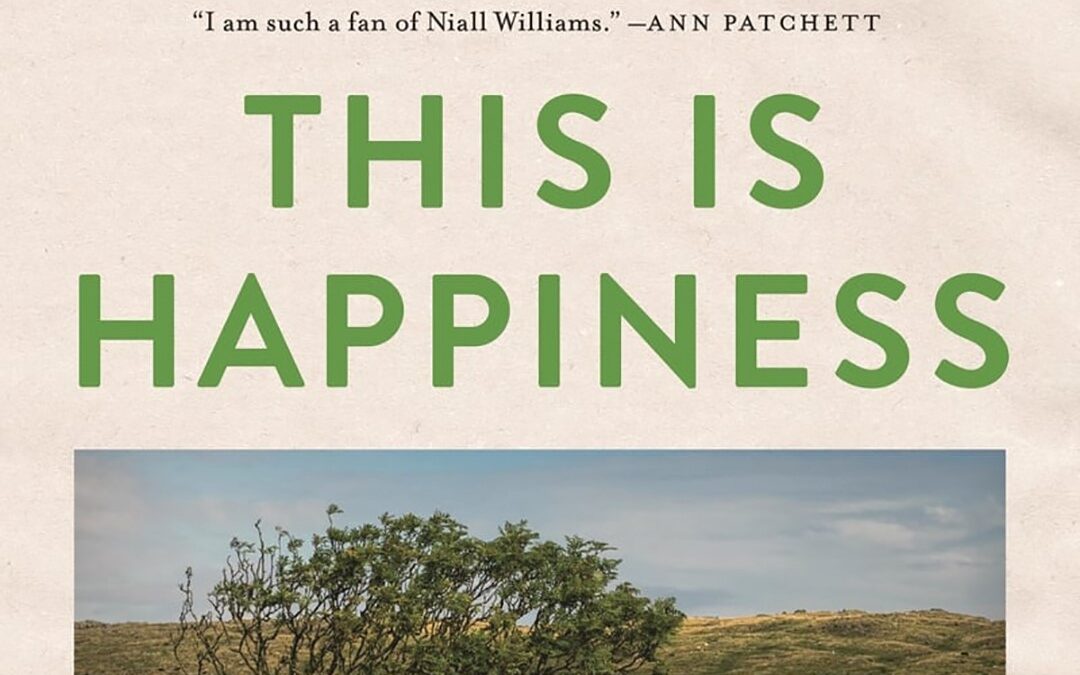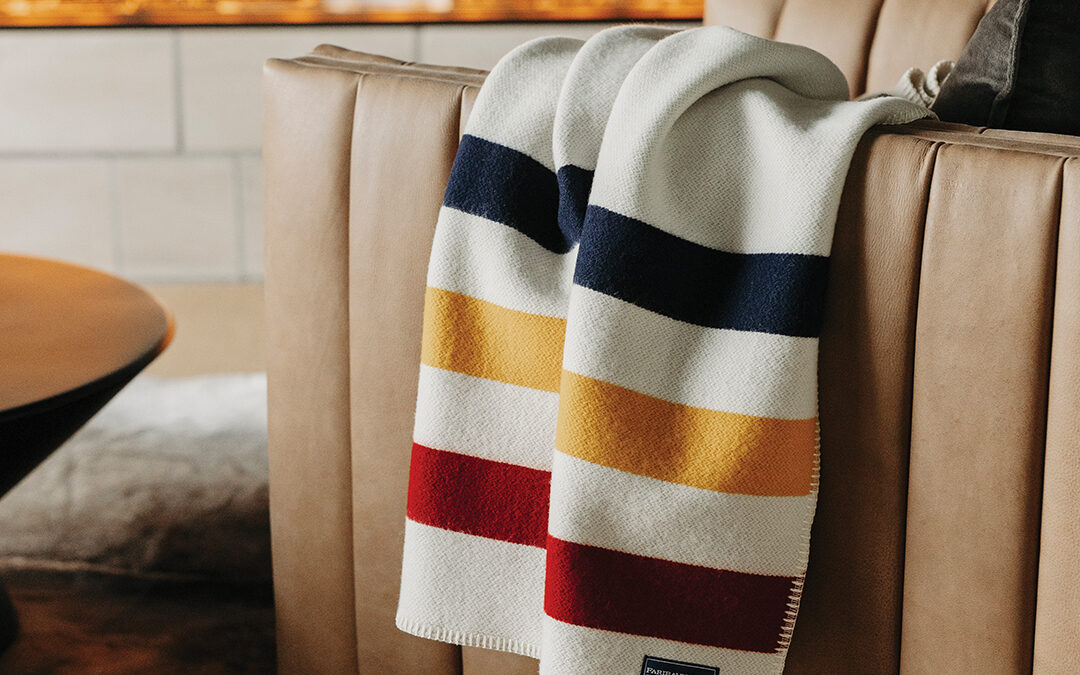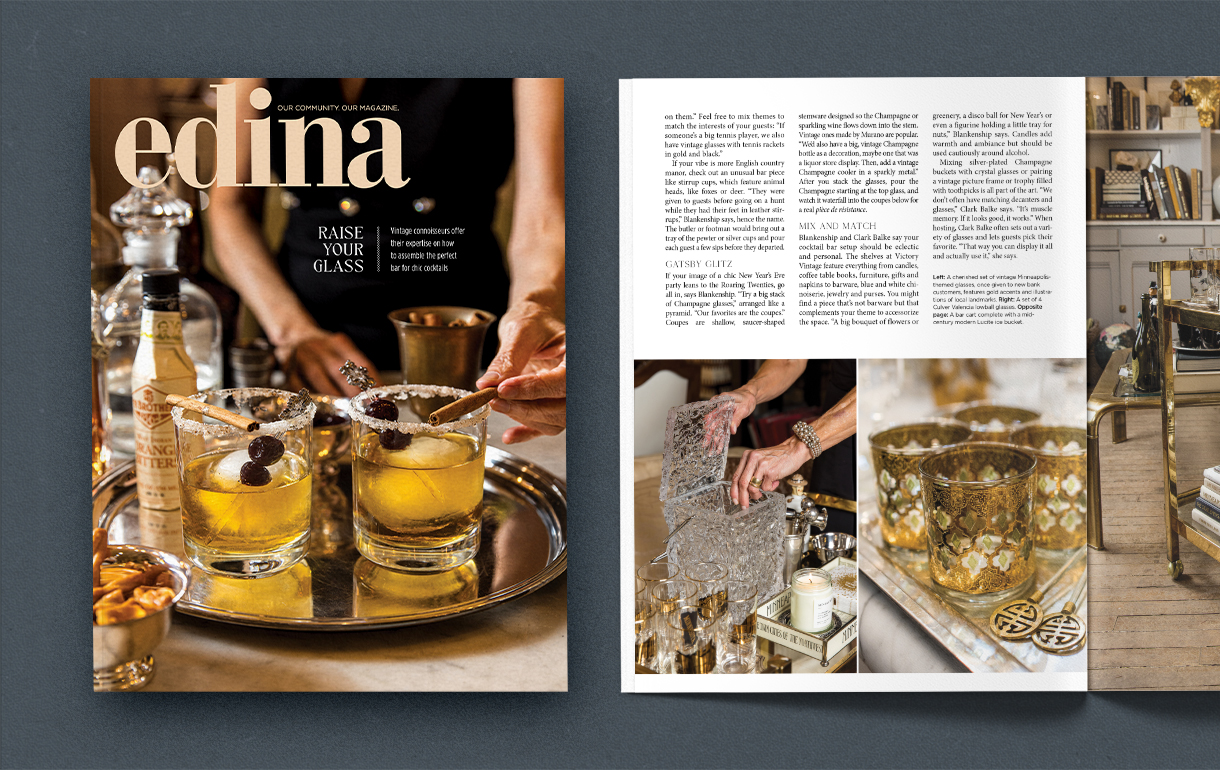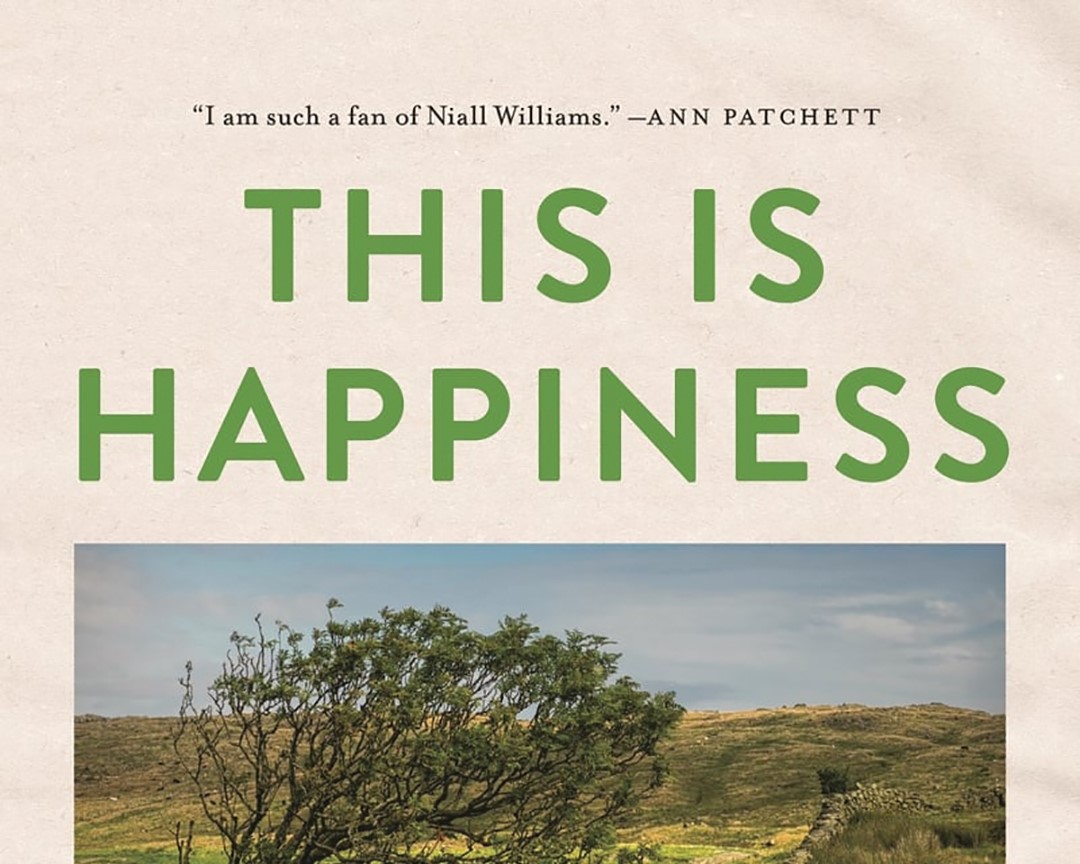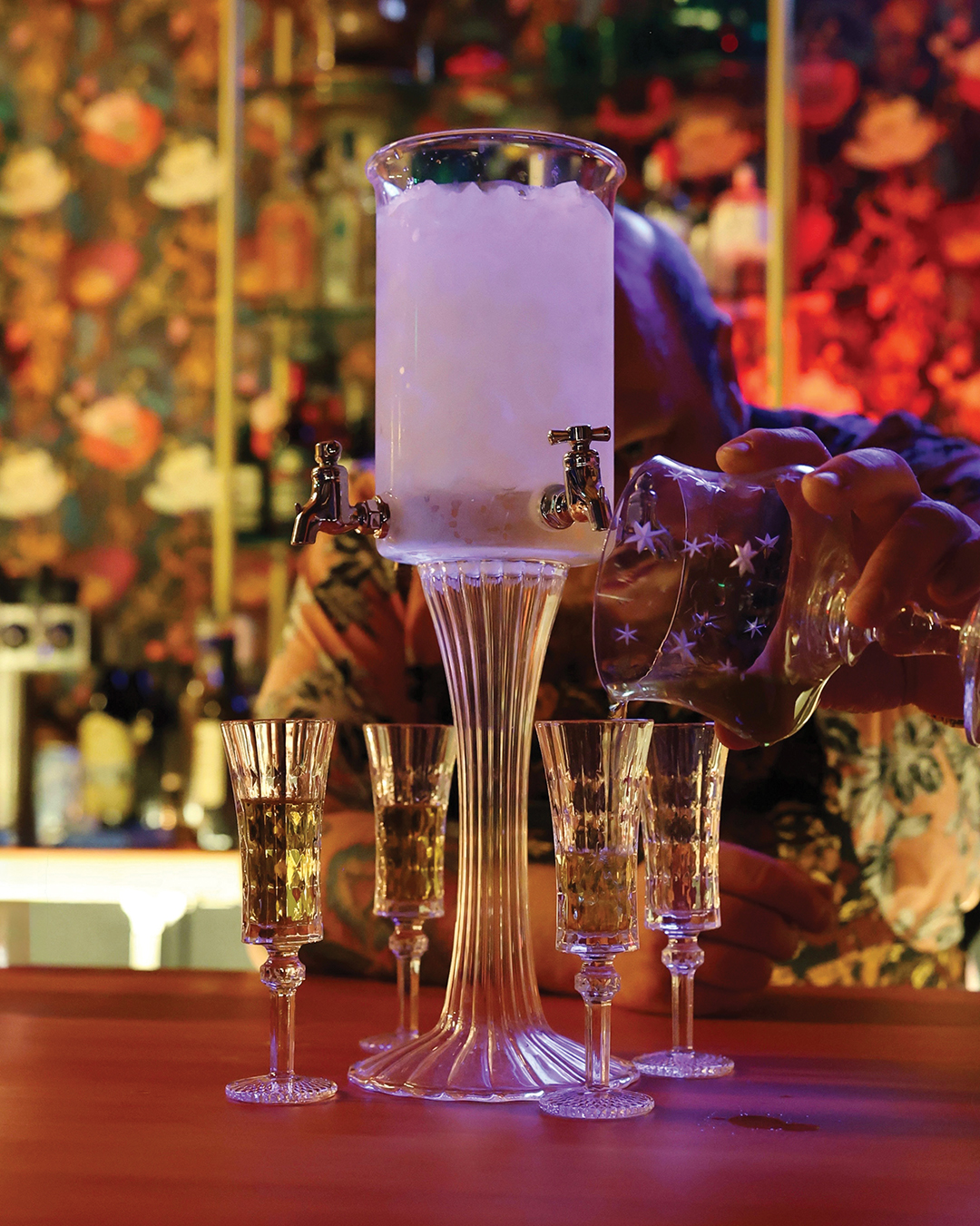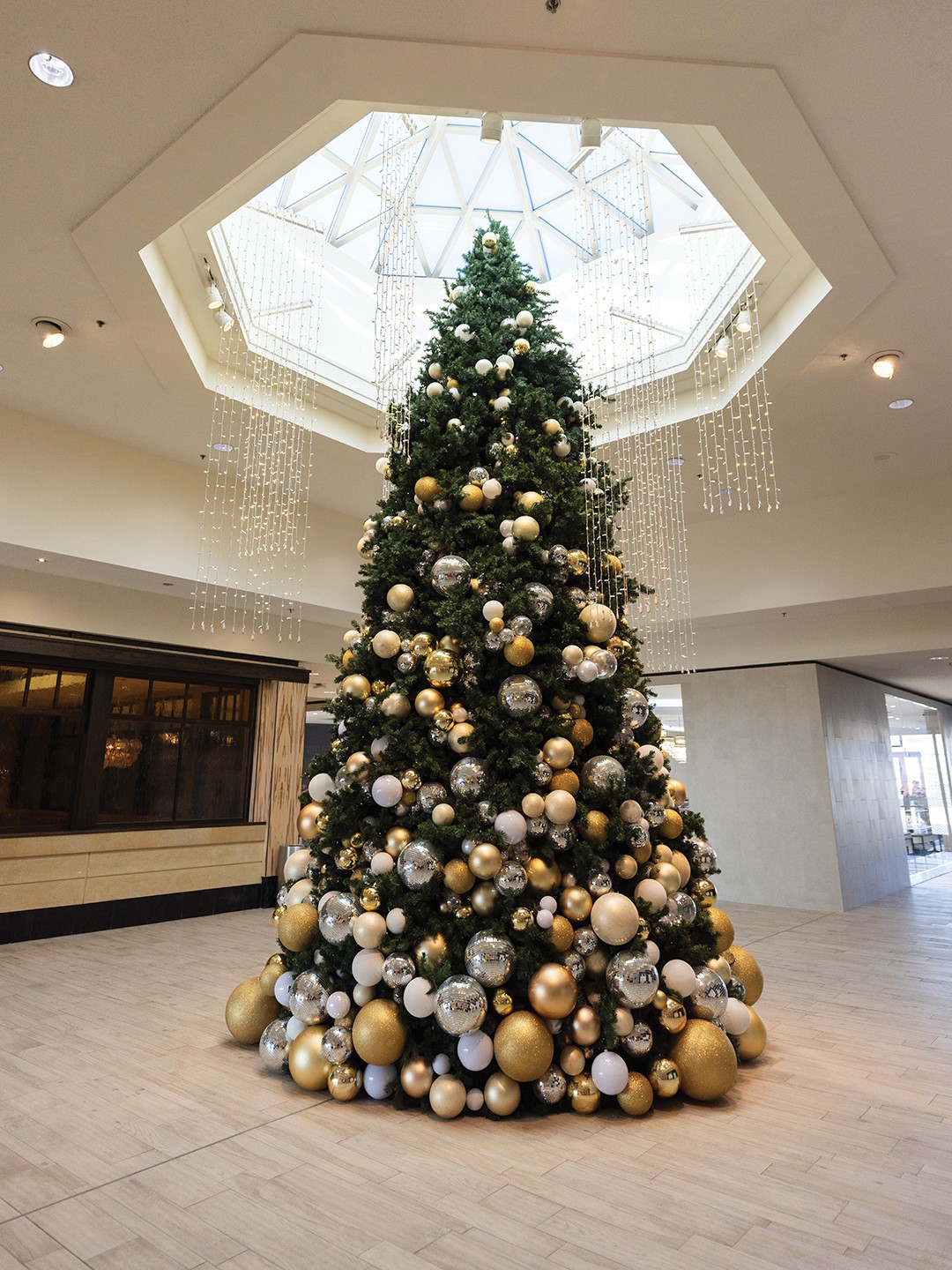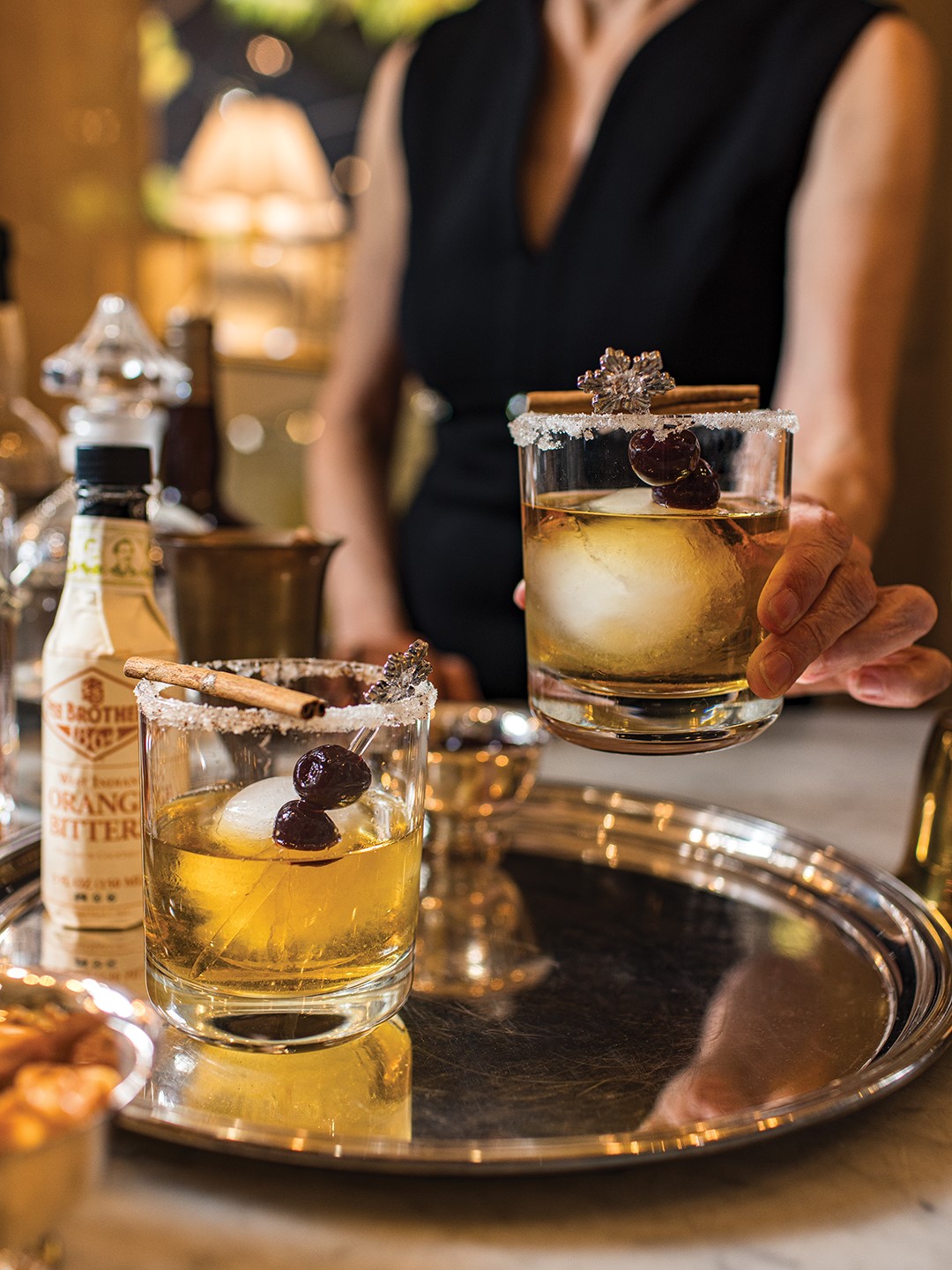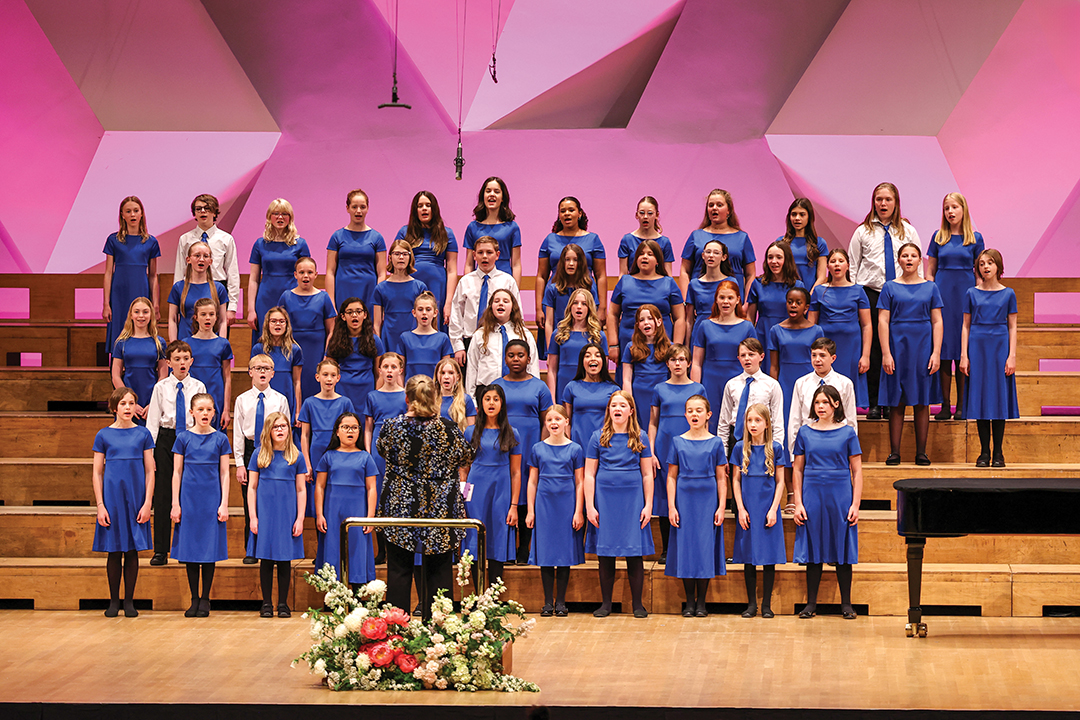
PHOTO BY: CHRIS EMEOTT
Emboldened by shifting beauty standards, more women are embracing graying hair rather than dyeing to change it.
In 2020, Minneapolis resident Jeanne Bleu decided to stop dyeing her hair blonde and embrace her naturally graying hair. While salon shutdowns at the time certainly played a role in this decision, she says the choice to go gray wasn’t so much pandemic driven as it was a reflection of her lifestyle.
“I’ve never worn a lot of makeup—I’ve always wanted to have a natural look. So it felt a little inauthentic that, with that kind of philosophy, I’m dyeing my hair,” she says. “I am the age that I am, and there’s nothing wrong with that.”
So, when hair salons reopened, she walked into Sloane’s Beauty Bar at 44th and France and asked her stylist, Edina resident Paul Felipe, to help with the transition.
Now, with her natural gray hair, she not only feels more like herself but she also enjoys how easy maintenance is without the six-week touch-ups her blonde hair required—and the chemicals, time and money that went with it.
And Bleu isn’t alone in her decision to embrace gray. Actress Andie MacDowell created a sensation last year when she appeared at the Cannes Film Festival with curly salt-and-pepper tresses. In an interview with Vogue, MacDowell says about her gray hair, “I’ve never felt more powerful … I feel like I’m embracing right where I am.”
Aging adults, particularly women, have long felt the need to cover up any hint of gray hair to appear as youthful as possible, but that narrative is beginning to shift.
Kindiss Stiller, the color director at Edina’s Juut Salon, says that, with the pandemic and salon shutdowns in 2020, many people started going gray—whether due to lack of access to their hairstylist or simply a decision to buck the social pressure to hide any semblance of gray hair.
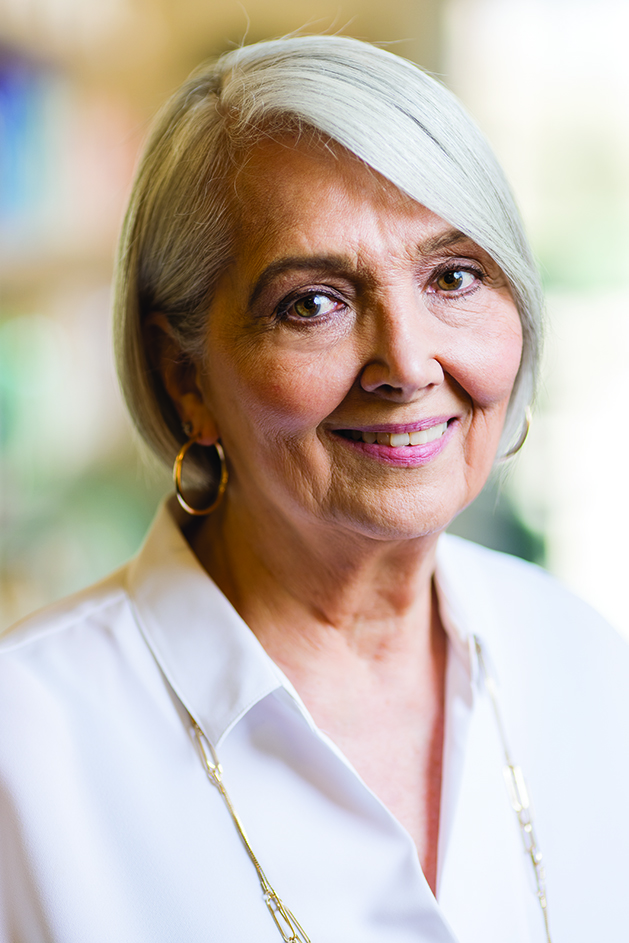
However, this trend certainly didn’t start during the COVID-19 shut downs. Felipe’s client Sue Behrens went gray over four years ago. She says she was tired of the regular maintenance and constantly having roots coming in. Around that time, silver-dyed hair rose in popularity, particularly among young women. Behrens says that trend was “a nice segue into thinking, ‘Ok, that might be kind of cool.’” So she talked to Felipe, her stylist of over 30 years, and they embarked on the transition to going gray, which Behrens says took about a year.
“At first, when I started [and saw] the little roots, I thought, ‘This is going to be awful.’ But once I got a couple inches, I was like, ‘You know, I can do this,’” she says. And now that she’s fully gray, she loves her look. “It took me about a month to be able to look in the mirror and not be shocked after it was all done. But I’m happy with it!”
Behrens was one of several of Felipe’s clients who decided to go gray in the mid-to-late 2010s, but he notes that COVID certainly contributed to the growth of this trend as we see it today. “I’ve always said COVID was a contributor but not the cause of guests wanting to embrace their gray,” he says. “Many guests went weeks without hair color. For some, it truly allowed them to have a true visual as to … how gray they really were.”
Of course, after trying it out, not everyone loves their gray hair. Stiller found that many of her clients who let their naturally gray hair grow out during the pandemic are realizing they don’t love it as a long-term look. That doesn’t mean they’re totally doing away with the gray. What has emerged are clients wanting to keep some of that natural gray but blend it in with some colors—resulting in a natural, low-maintenance look. Stiller says she’s seeing more and more clients opt for strong, natural color, applied in a way that makes hair look healthy and shiny.
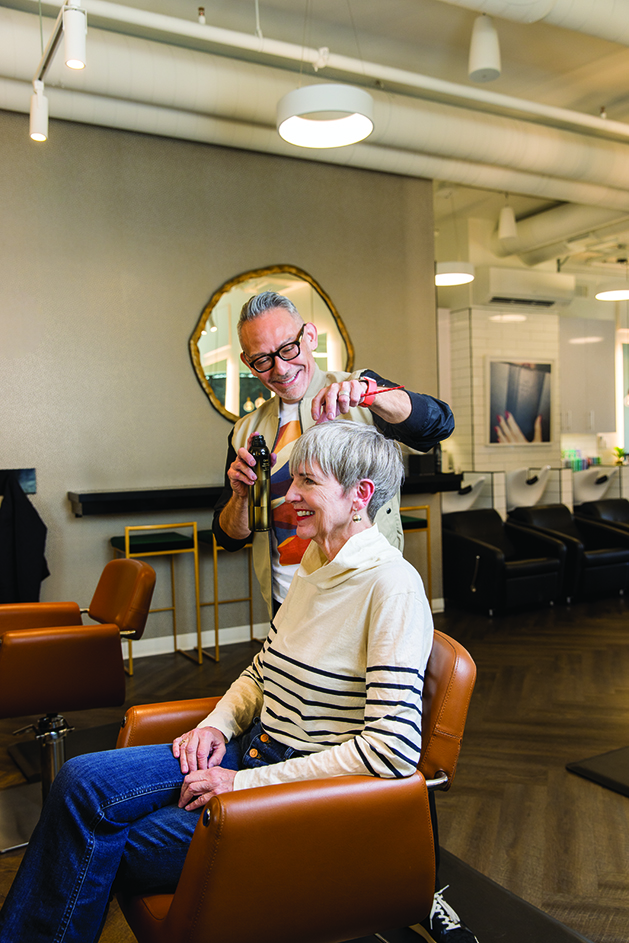
“People have become a lot more focused on time … So, they’re looking for low-maintenance color that suits their lifestyle,” Stiller says, adding that the time commitment they want to put into their hair is also a factor.
But there’s no one-size-fits-all approach to achieving the perfect gray blend. Stiller says at Juut salons, color specialists help clients figure out what color mix is right for them by doing a color consultation that involves assessing skin tone and eye color, both of which impact what colors and tones will look best on a person.
Felipe takes a similar approach, always prioritizing thorough consultations with clients who are looking to go gray. “This ensures what realistically can or cannot be done. Maintaining the hair’s integrity, as well as [assessing] how this change aesthetically compliments [each] guest is key.” For Felipe, it’s all about developing a customized service and at-home maintenance plan with each guest, making sure they understand what the full process will look like and how to maintain hair health at home.
Through all this, Felipe says he has enjoyed seeing so many women embrace a “feeling of empowerment,” not letting societal pressures dictate their hair color. “For many women, the choice really comes from within!”
Sloane’s Beauty Bar
4388 France Ave. S.;
612.920.3341
Facebook: Sloane’s Beauty Bar
Instagram: @sloanes_beauty_bar
Juut Salon – Edina
2670 Southdale Center;
952.925.4343
Facebook: Juut Salon Spa
Instagram: @juutsalonspa

